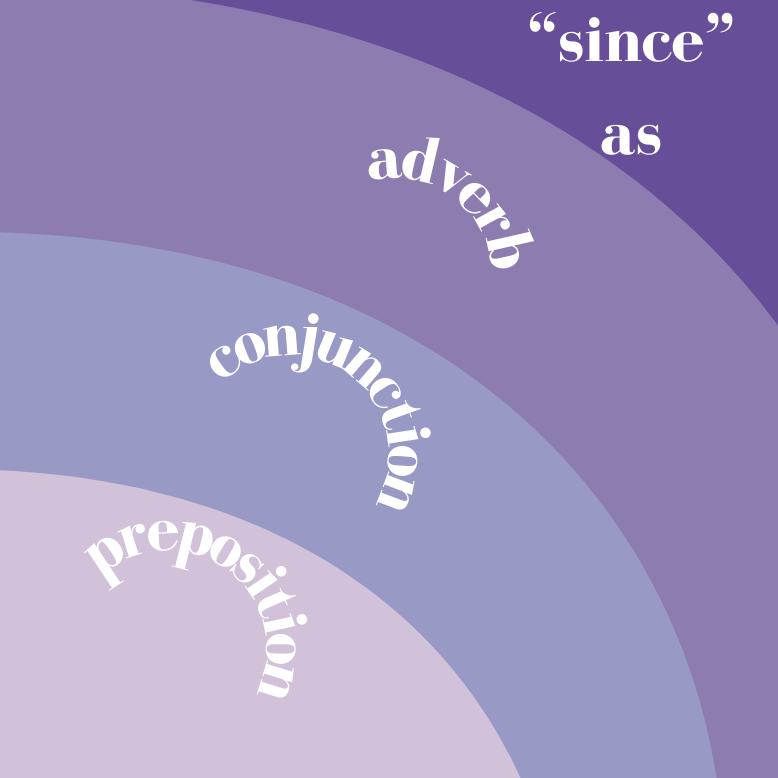Adverb, conjunction, and preposition examples

Adverb, conjunction, and preposition examples
Conjunctions, prepositions, and adverbs can sometimes appear similar in form, which can lead to confusion.
Here are some examples:
About (adverb):
I watched the kids running about.
About (preposition):
I have some concerns about your plan.
After (conjunction):
After he finished his work, he went home.
After (preposition):
We’ll go to the park after lunch.
After(adverb):
We can do that after.
Along(adverb):
Come along!
Along (preposition):
He ran along the road.
Above(adverb):
As it stated above…
Above(preposition):
The temperature was above zero.
Before (conjunction):
Finish your homework before you go out.
Before (preposition):
I’ll meet you before dinner.
Before(adverb):
I have heard that before.
Over (adverb):
I’ll think it over.
Over (preposition):
She placed the book over the table.
Since (conjunction):
Since you’re here, let’s get started.
Since (adverb):
He hasn’t visited since.
Since(preposition):
I have not seen him since Monday.
So (conjunction):
She’s tired, so she’s going to bed early.
So (adverb):
The weather is so nice today.
Until (conjunction):
Wait here until I come back.
Until (preposition):
We stayed at the beach until sunset.
These examples demonstrate how the same word can function as different parts of speech (conjunction, preposition, or adverb) based on its context within a sentence. Understanding the context is key to correctly identifying their functions.
Adverb, conjunction, and preposition examples
The Preposition place in sentences
The Degrees of Comparison of Adverbs